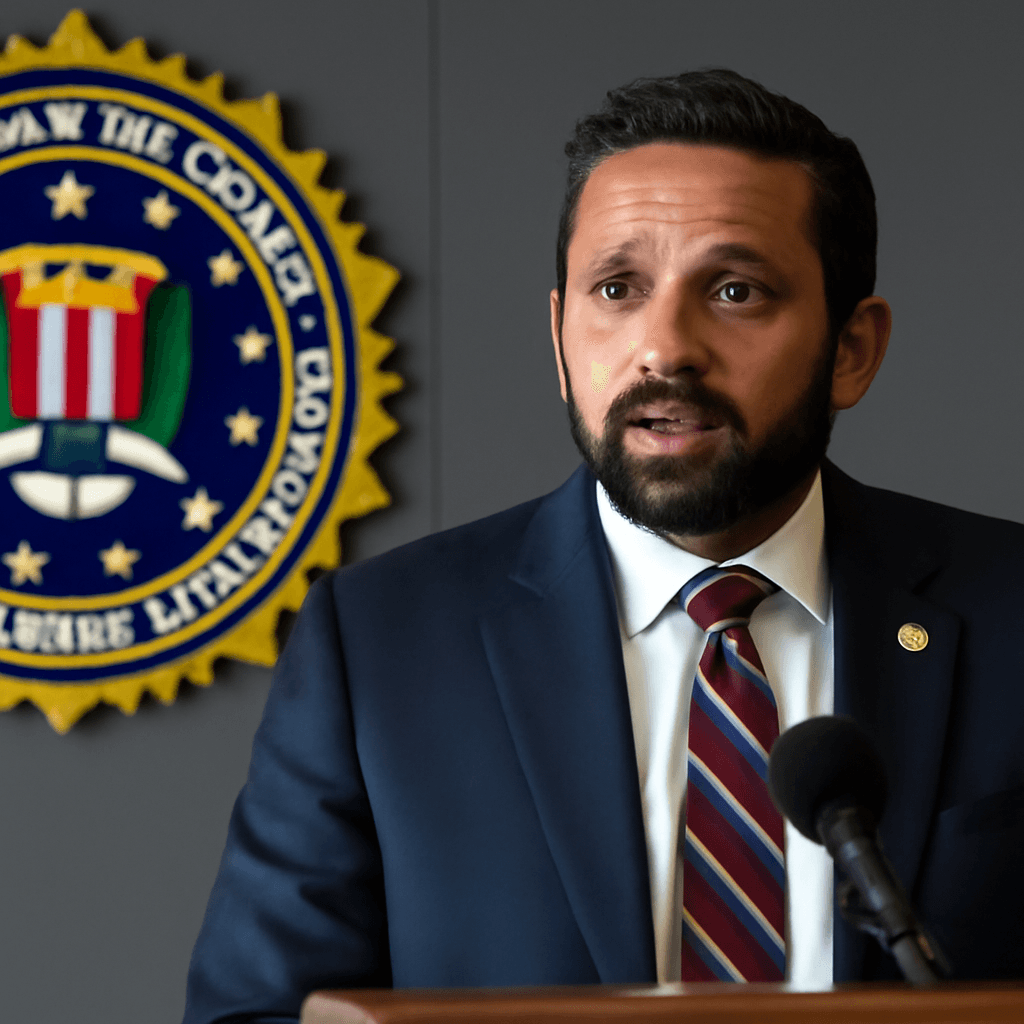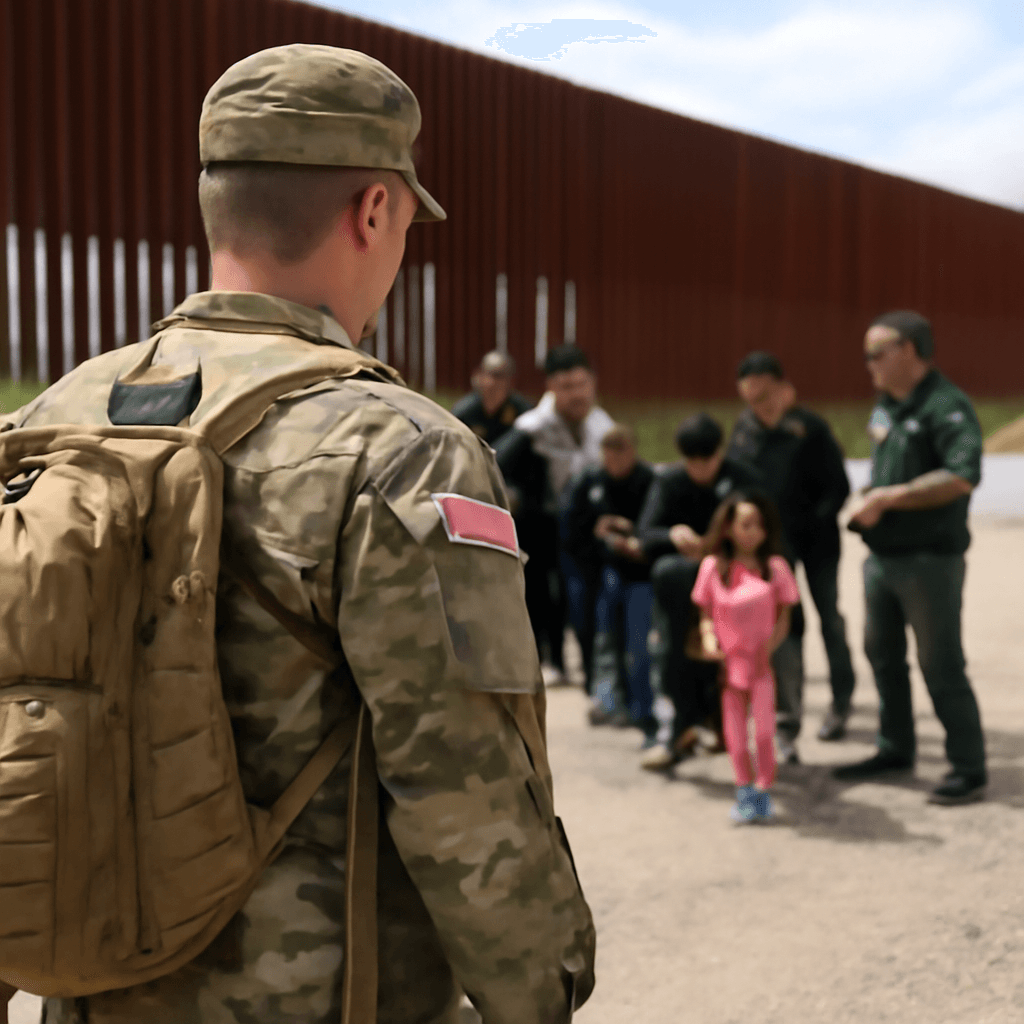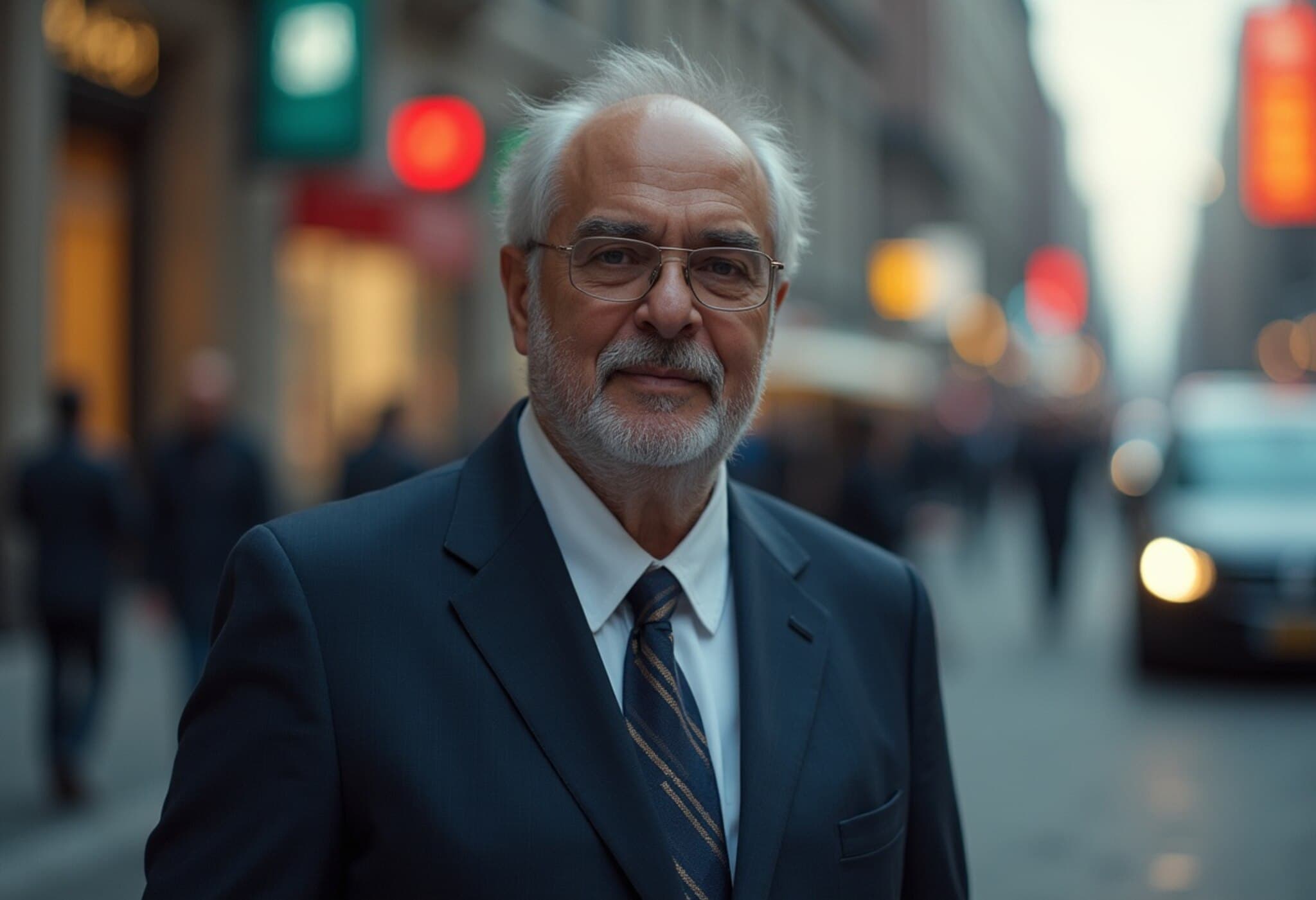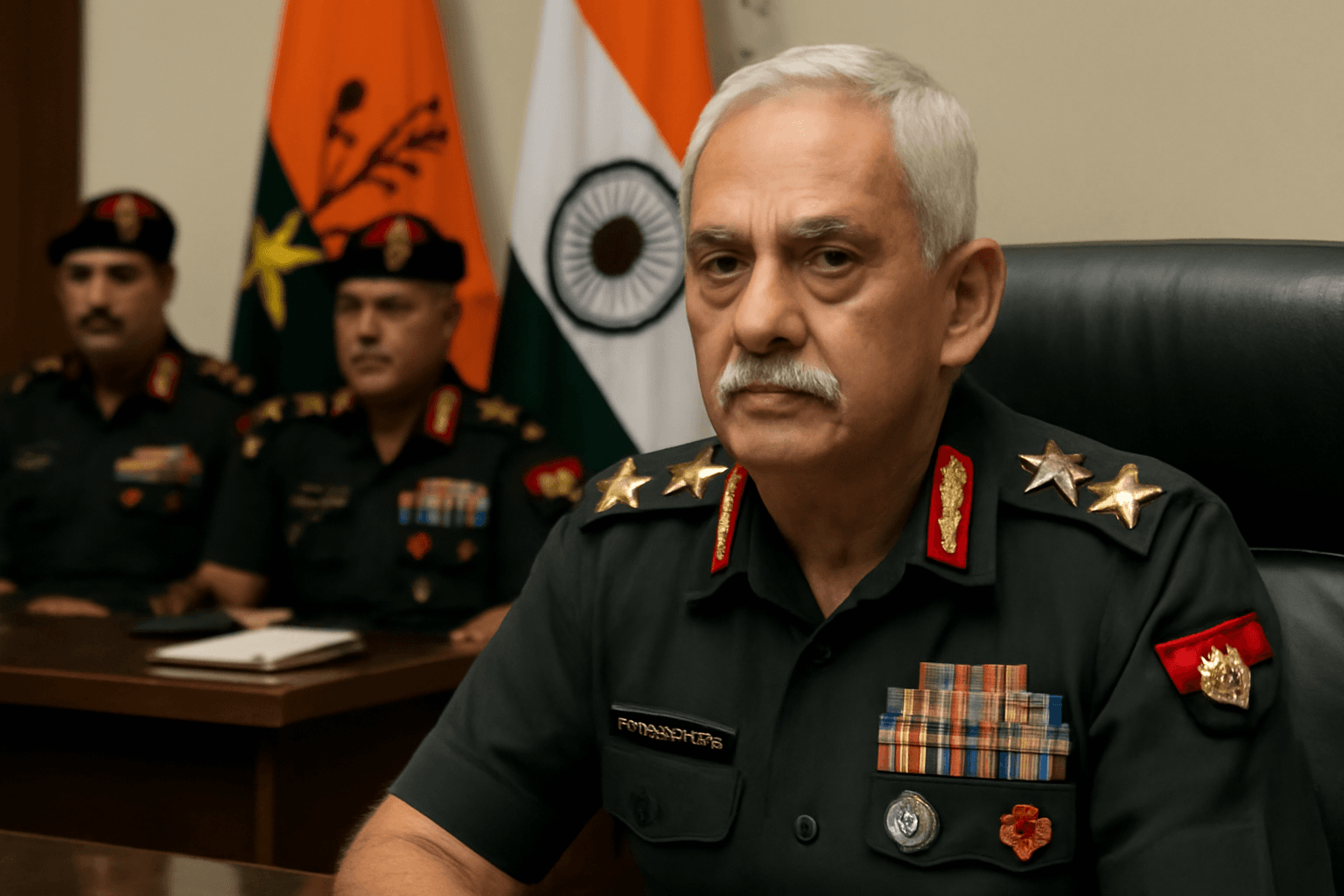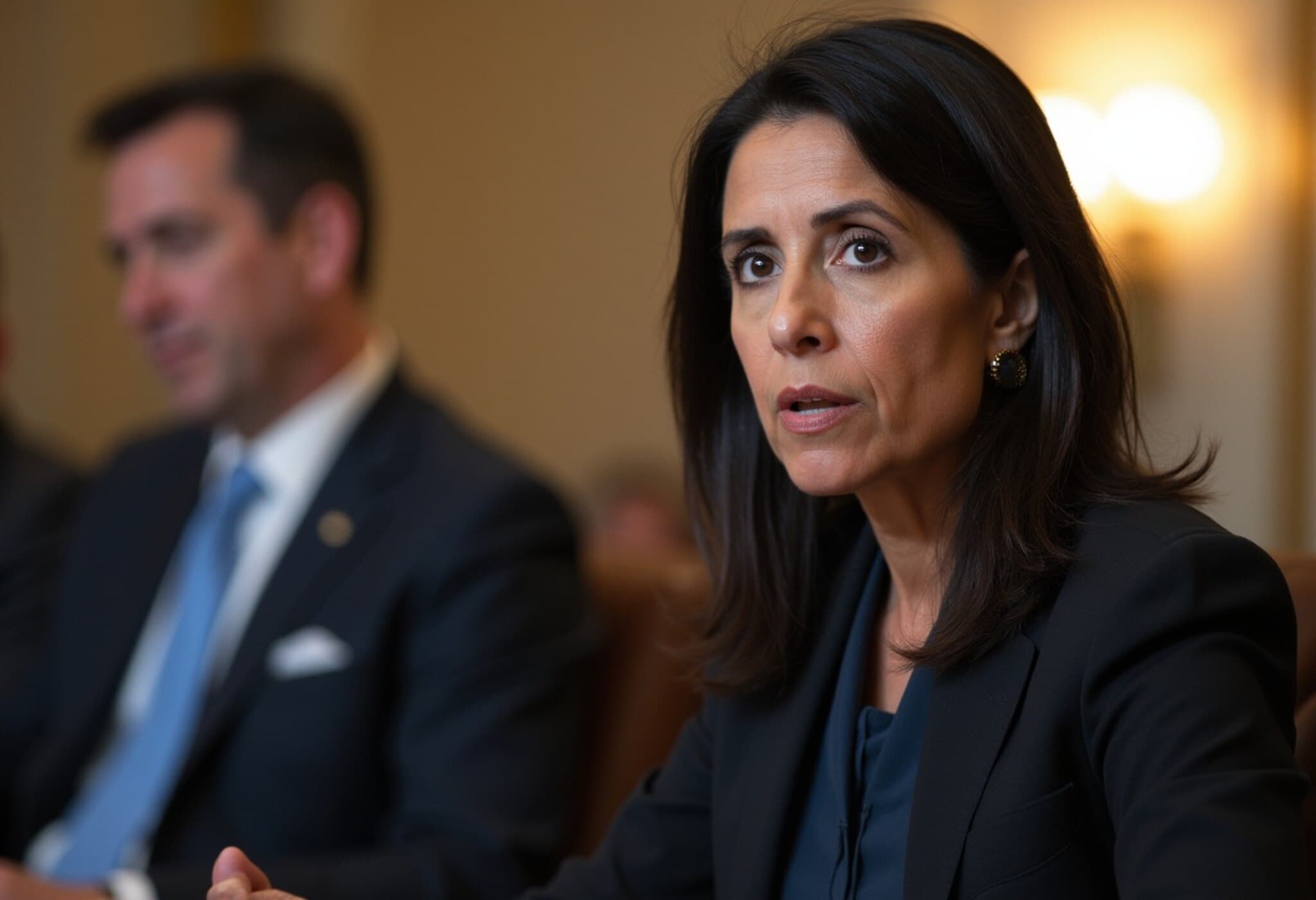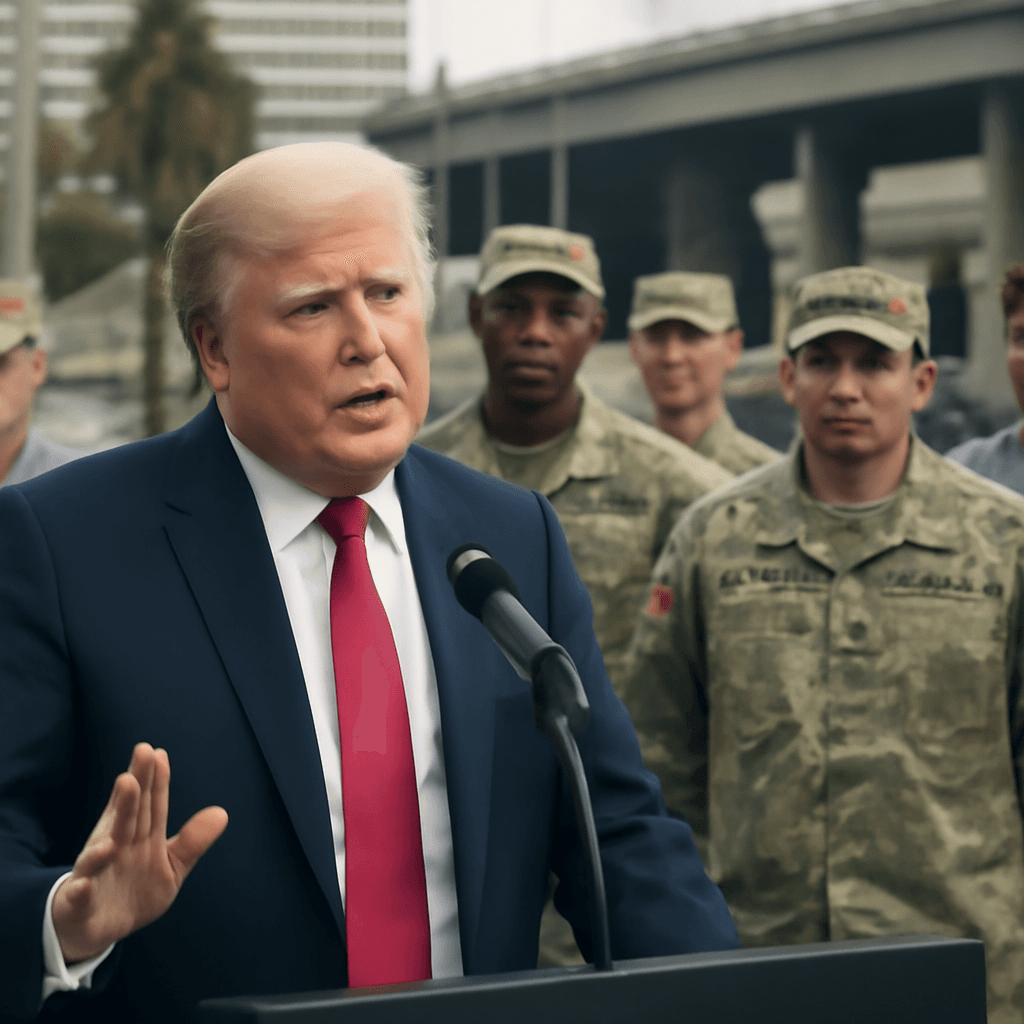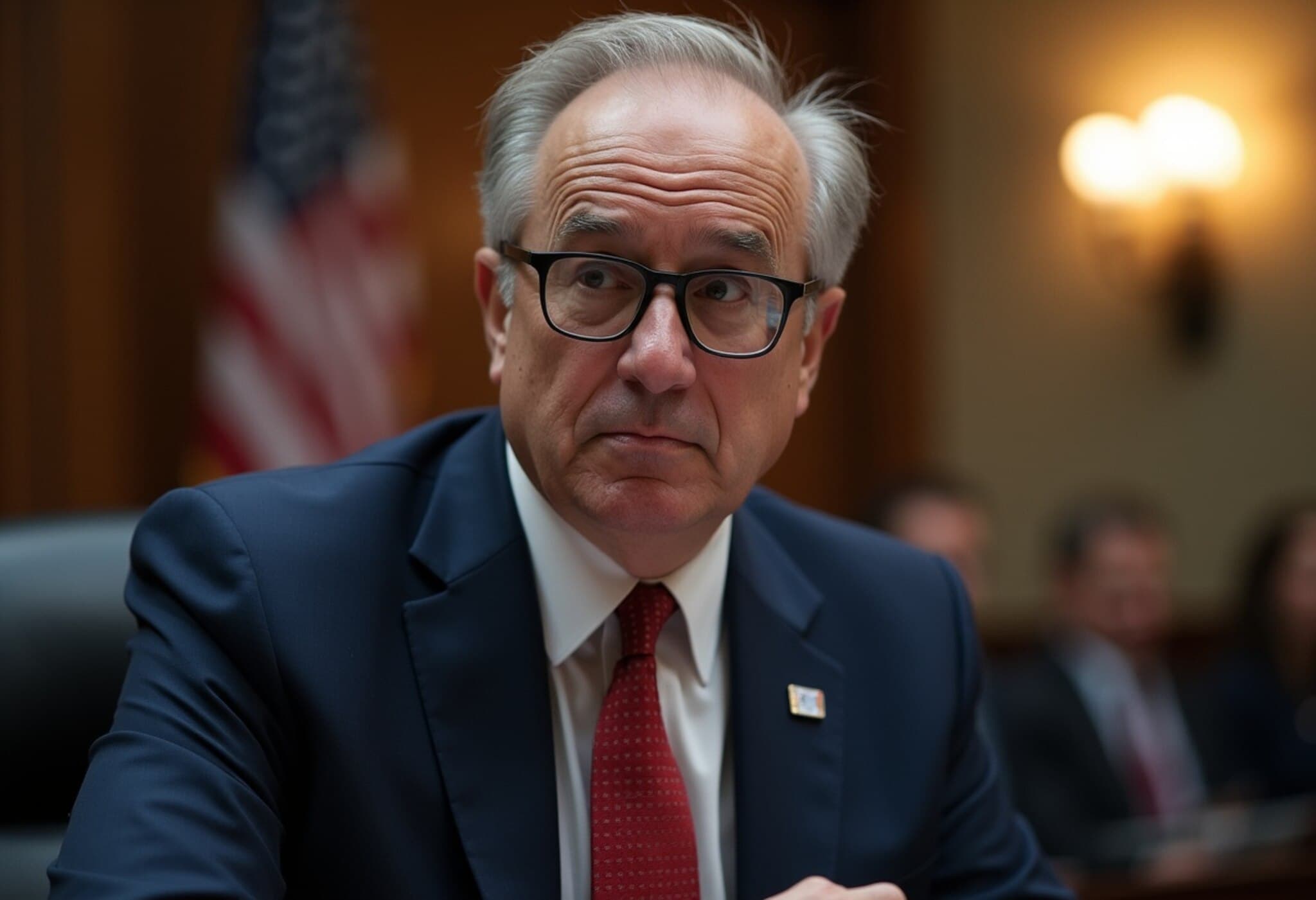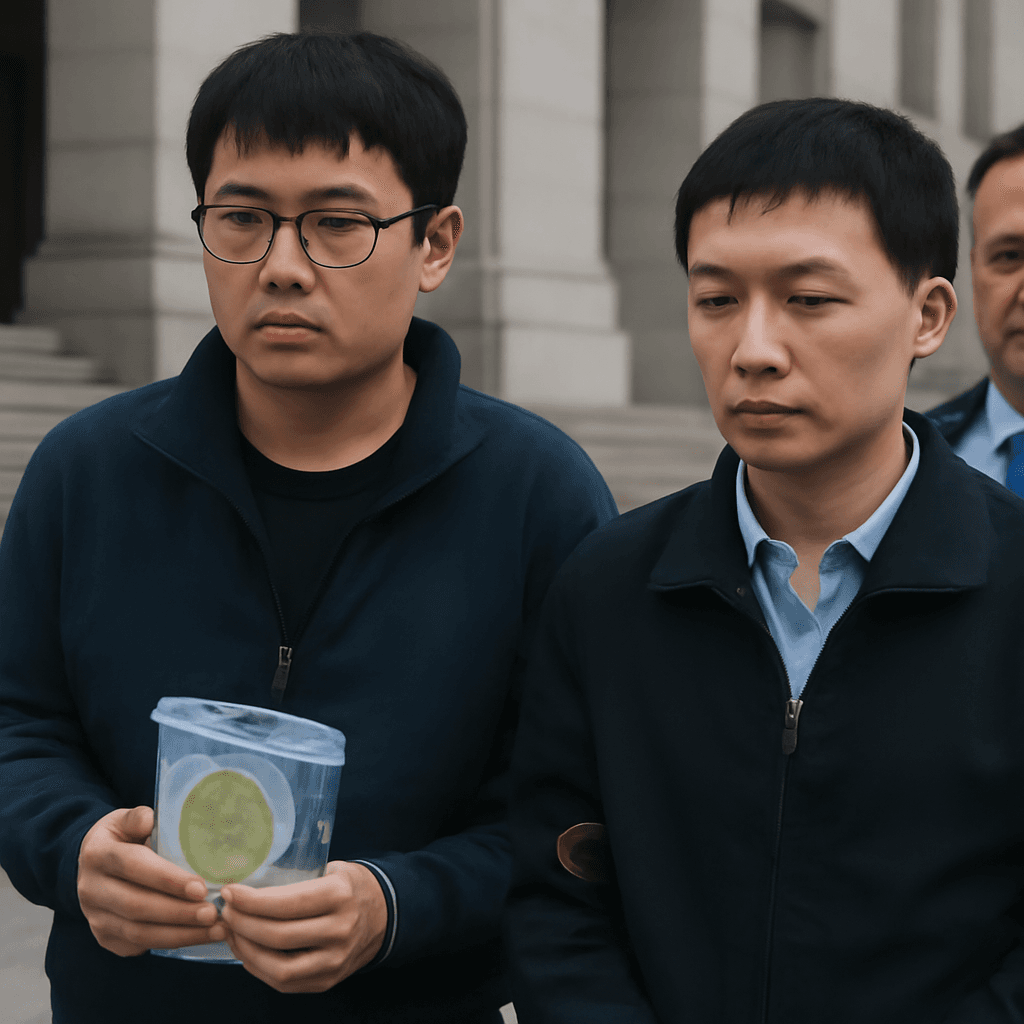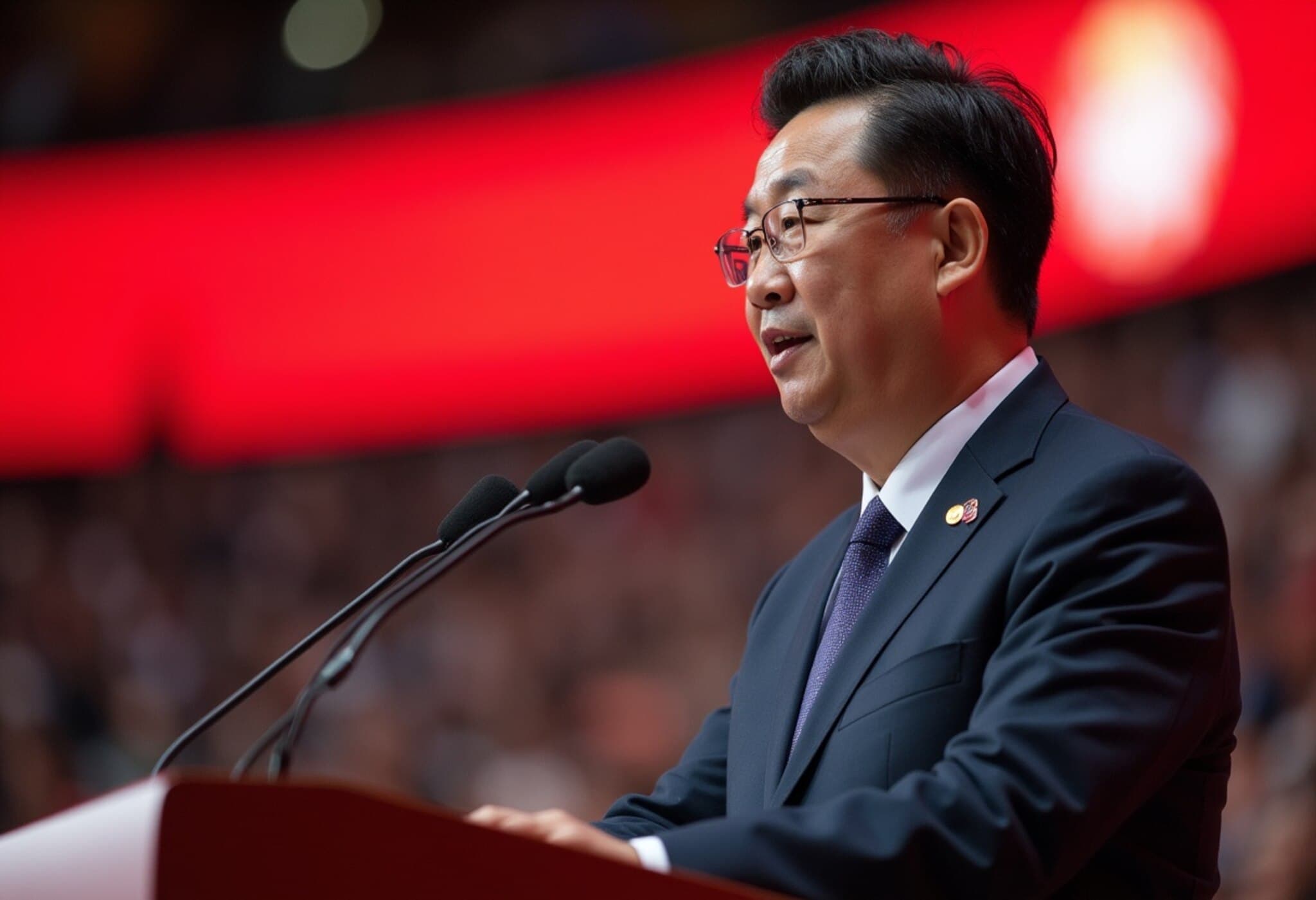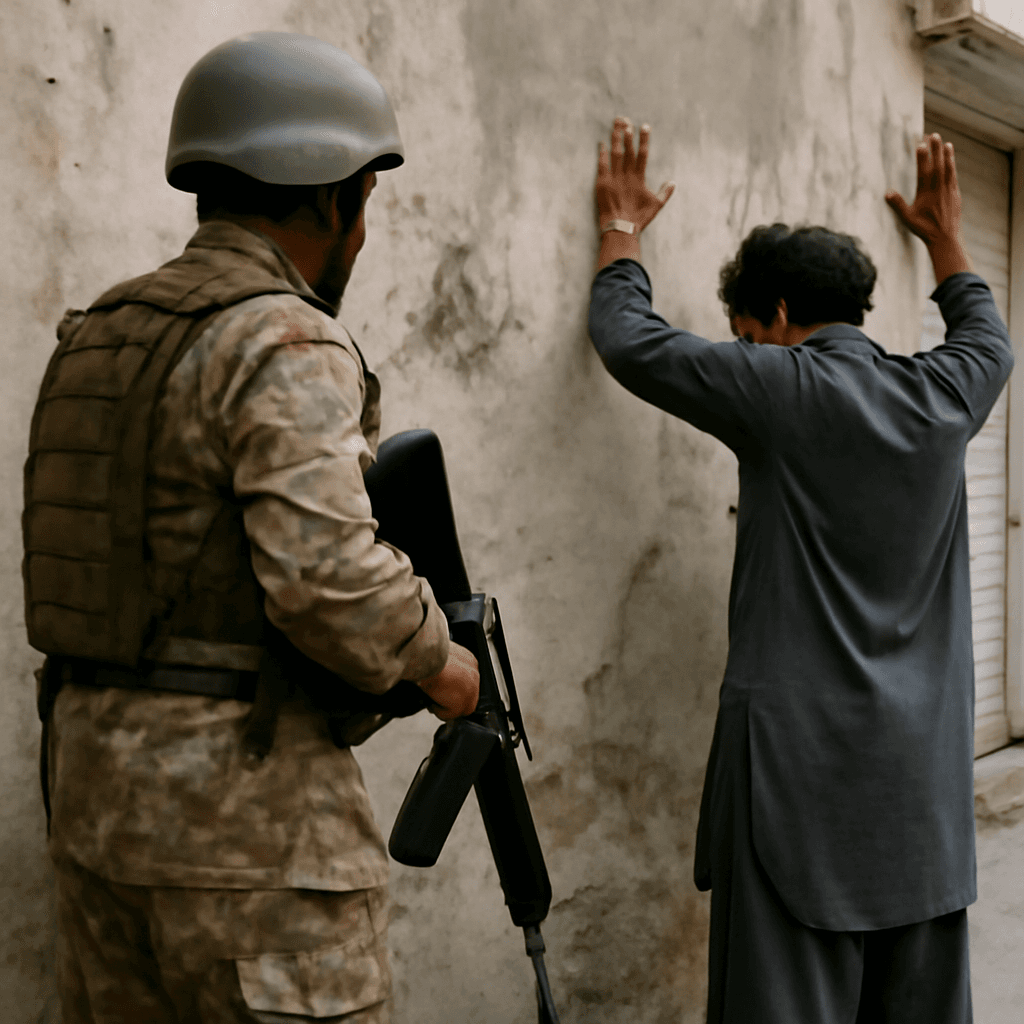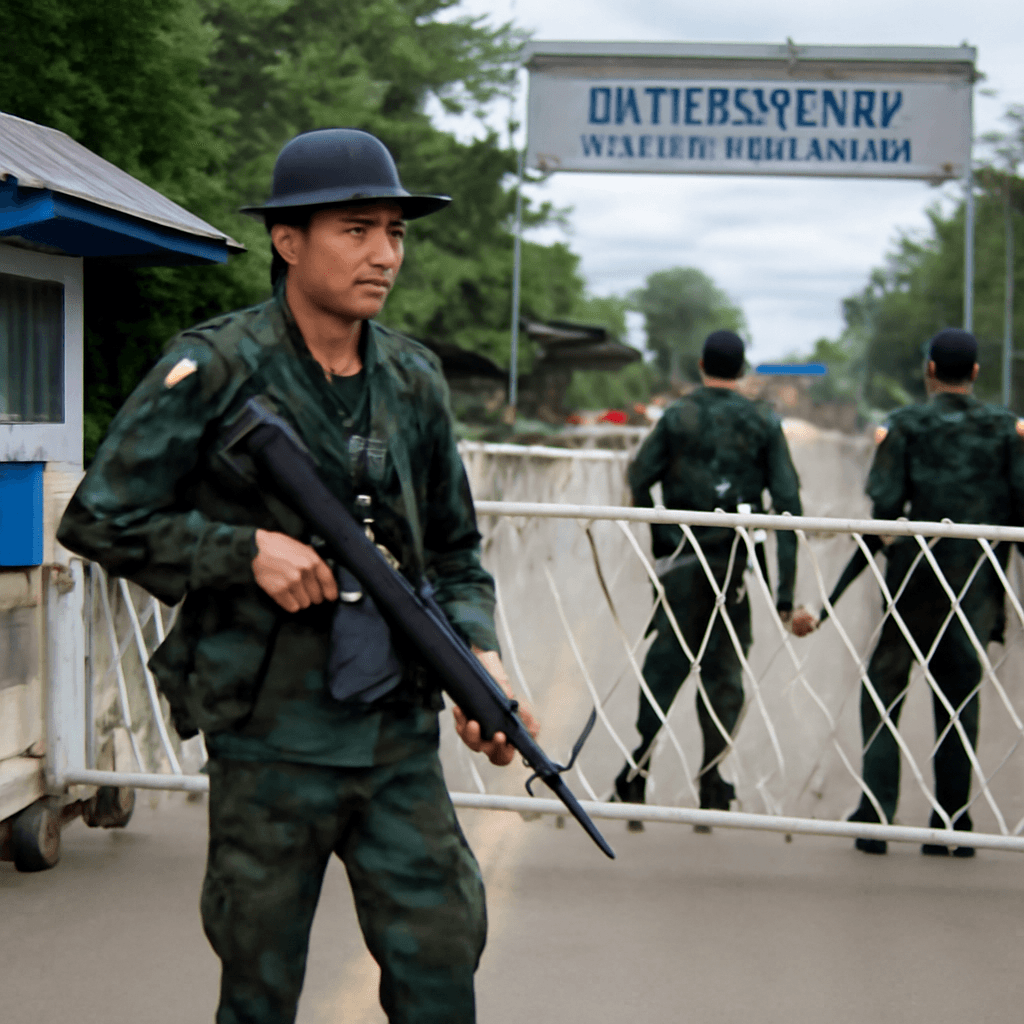Fentanyl as a New Form of Chemical Warfare
Kash Patel, former national security official and the first Indian-American FBI Director, recently illuminated the staggering fentanyl epidemic during an in-depth interview. Far beyond a mere law enforcement challenge, Patel described fentanyl's impact as a deliberate, global assault on America's social and institutional fabric. With over 100,000 overdose deaths in 2024 and fentanyl emerging as the leading cause of death among Americans aged 18 to 45, he warned this crisis is no accident.
Patel emphasized a startling fact: “You don’t hear about fentanyl deaths in China, India, or England. That’s not an accident.” Instead, he framed the epidemic as a form of “chemical warfare,” a coordinated attack targeting American communities.
Tracing the Deadly Supply Chain: From China to American Streets
According to Patel, the root of the fentanyl crisis lies in an intricate global supply chain. It begins with Chinese manufacturers producing precursor chemicals—not fentanyl itself, but essential ingredients used to make the drug. These precursors are often shipped disguised as legitimate industrial or pharmaceutical products, exploiting regulatory gaps.
Mexican cartels then use these chemicals to synthesize fentanyl, manufacturing counterfeit pills that mimic prescription painkillers or even candy, thereby increasing their lethality across vulnerable populations. Patel described this as a strategy of deliberate poisoning, not accidental overdoses.
India’s Emerging Role: From Transit Point to Strategic Partner
India, with its vast pharmaceutical and chemical export sectors, has increasingly become a transit and manufacturing hub for precursor chemicals funneling into the fentanyl pipeline. However, Patel highlighted India's critical role as a cooperative ally rather than a source of the crisis.
He revealed active FBI collaborations with Indian law enforcement, resulting in the identification and blacklisting of front companies trafficking these precursor chemicals. Describing India as a potential “firewall,” Patel emphasized the importance of joint operations aimed at cutting off the flow before it reaches North America.
The Northern Passage: Canada’s Overlooked Vulnerability
While much focus has centered on the southern U.S. border, Patel disclosed that traffickers have adapted by increasingly routing fentanyl through Canada, particularly through Vancouver. From there, the drug crosses into the U.S. via less monitored northern border points. This adaptation underscores the cartels’ agility against enforcement efforts.
Patel cautioned against underestimating this route, highlighting it as a significant distribution channel that requires urgent attention.
Structural Challenges Within the FBI
Taking office in early 2025, Patel swiftly uncovered internal inefficiencies within the FBI. Remarkably, nearly a third of the bureau’s 35,000 agents were concentrated around Washington, D.C., despite criminal activity occurring elsewhere.
To combat fentanyl trafficking and violent crime effectively, Patel redistributed over 1,500 agents to regional offices nationwide. He criticized the previous focus on bureaucracy and self-serving operations, calling for a more agile and field-focused approach.
Critique of Political Inaction
Patel did not shy away from political critique. He claimed that the Biden administration sidelined a national security strategy addressing fentanyl, developed under the previous administration. Instead, early strategic priorities focused on climate change rather than the opioid threat.
For Patel, this shift represents a missed opportunity to maintain momentum against a growing crisis, attributing the delay more to political motivations than oversight.
Addressing the FBI’s Past: The Russia Investigation Legacy
Beyond fentanyl, Patel confronted internal FBI issues stemming from the Russia probe era. He accused prior leadership of suppressing evidence and politicizing investigations. Since becoming director, he has worked to release sealed documents connected to the probe to congressional oversight, aiming to restore transparency and institutional integrity.
An Unconventional Indian-American Leader
Patel’s approach breaks from traditional Indian-American public roles, focusing squarely on national security and systemic threats. Rejecting superficial identity politics, he emphasizes hard-hitting policy and institutional resilience.
Choosing a prominent platform for his first major interview, Patel prioritized alerting the public to a lethal national emergency rather than personal promotion or political commentary.
The Global Chemical Web Endangering America
Patel painted a sobering picture of a global pipeline funneling illicit fentanyl from labs in Wuhan, China, through manufacturing zones in Gujarat, India, into cartel operations in Mexico and British Columbia, Canada, and ultimately onto American streets. This chain reflects more than just illicit trade — it’s a strategic threat with geopolitical and societal consequences.
Whether U.S. leadership can dismantle this intricate network remains uncertain, but Patel’s revelations underscore an urgent call to action for national security and public health officials alike.

